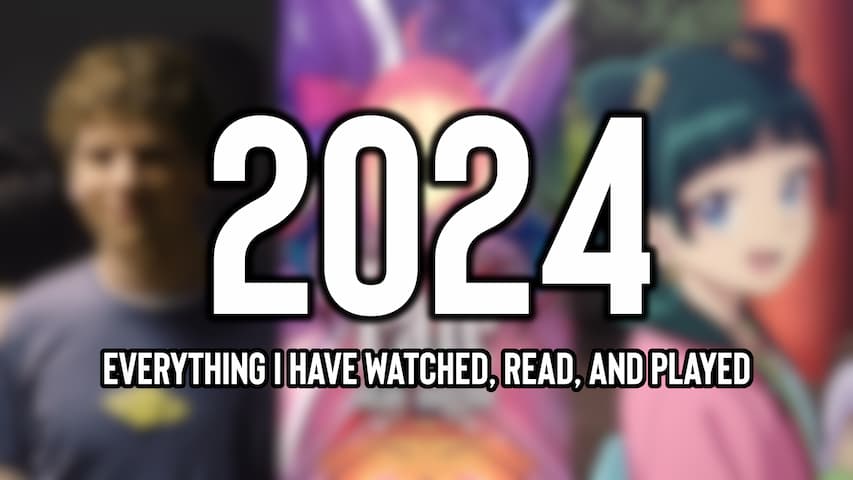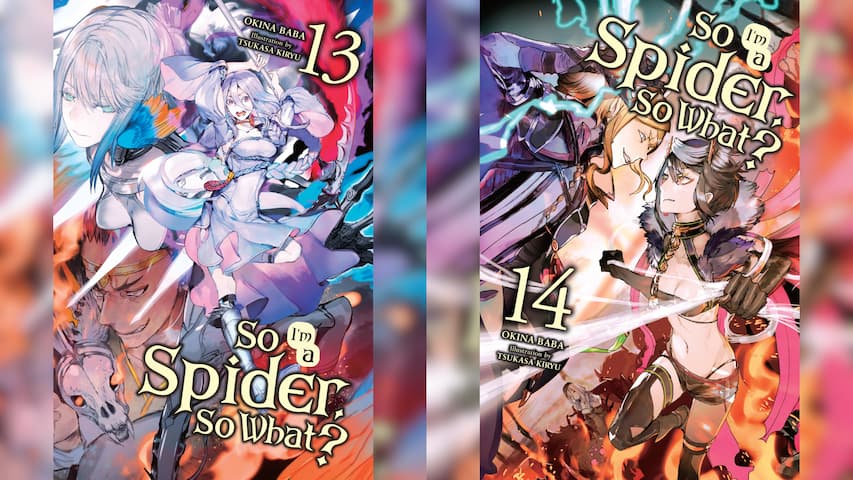Revisiting Tokyo Ghoul

Ach ja, for some reason even I can’t really explain, I thought it was a good idea to give Tokyo Ghoul a(nother) try. I genuinely don’t know why this series suddenly came to mind, as I can’t even remember the last time I have seen or heard anything about Tokyo Ghoul, but there I was one night and tipping my toes into the first season of the anime. It might just have been the delight of not suffering through Zeta Gundam and ZZ anymore, but I was overcome with a sudden burst of motivation to seriously take up a series I initially dropped over six years ago. This, however, let me way farther down the line than I had initially thought.
Preamble
Tokyo Ghoul was huge. When I first got into anime in late 2014/early 2015, you literally couldn’t escape it: Everywhere you go, you saw profile pictures from the anime, edgy quotes with a white-haired Kaneki as backdrop flooded image boards, the Opening, given as it is an absolute banger, ranked high in all the top lists and there was always at least one video about Tokyo Ghoul in my recommended videos bar on YouTube.
Even though it was incredibly popular, I never considered putting it on my plan to watch list and despite its sheer omnipresence, I also didn’t really know what Tokyo Ghoul was even about beyond the most basic plot summary. My initial reactions where also fairly tainted, not necessarily negative, but definitely in some sort of way, by how its fandom portrayed and brought it to the outside. I mean, bruised-up crazy white-haired boy with one special eye, ruffed clothing and a weapon of sorts that is based on blood? Jesus, you can cut yourself on that edge. Also, why is everyone asking “What is 1000 minus 7” and cracking their knuckles?
Was this an unfairly biased and superficial view to hold? Oh yeah, absolutely, but even at the tender age of 15 and considering myself more “mature” through the media I consumed and now looking back to with almost a sense of pity, Tokyo Ghoul seemed like the kind of series people try to justify their interest in anime with, via a way to contrast how much more “grown-up” it is, than those childish cartoons they used to watch. The sort of show that has violence and gore in it, making it absolutely not for children or even young teenagers, but is also not nuanced enough in a way that would look mature to anyone being used to more adult fiction. Remember, I used to be the worst kind of person, aka. a weird mixture of know-it-all, elitist, hipster and contrarian, but also only at like 30% power and time, thus probably making me seem moderate and uncontroversial. As such, I initially dismissed Tokyo Ghoul pretty much entirely and went on in my anime journey.
My interest in Tokyo Ghoul would be piqued again upon hearing discussions on how the anime butchered the source material in its adaptation and if one were to start Tokyo Ghoul, it is recommended to pick up the manga instead. When I started buying manga myself, I eventually also picked up the first four volumes of Tokyo Ghoul, read them all relatively back-to-back and was kinda perplexed. From what I have read, I wouldn’t call the manga bad or even mediocre. It was perfectly fine, though I did find it hard to see the appeal in it. I expected an immediate hook and some spice to go with it, but the start of the story is relatively slow and, in my opinion, walks about kinda aimlessly. Assuming that the actual interesting stuff everyone is talking about is still some volumes ahead, I hesitated buying more volumes and eventually dropped it entirely. However, I mostly thought along the lines of “If the manga is already this underwhelming, how horrible does the anime fare?”
Well, six years later and I finally decided to find out. I watched season one, decided to pick up the manga again for comparison’s sake, finished it, watched the second season and am currently reading the sequel manga Tokyo Ghoul:re with intentions to also watch the anime adaptation once I am done with it. One could say that I got weirdly hooked on this series. Anyway, here is my part retrospective, part review about the Tokyo Ghoul manga and anime.
Tokyo Ghoul (Manga)

While I have seen the (first season of the) anime first and only read the manga afterwards, I will start with the manga for the purpose of later comparisons.
In hindsight, I can see how I thought of the beginning of Tokyo Ghoul as an aimless mess. The opening couple volumes serve as an introduction to the world, characters and themes, without being that interesting in isolation. They are also rather self-contained with a single main conflict and barely, if any of the interconnectedness that would characterize the later parts of the story. That is not to say that the beginning has nothing to offer. It quite tactfully introduces the central conflict of the story and the first chapters do have a strong hook: Ken Kaneki, a normal college student, suddenly finds himself partially transformed into a ghoul and now has to live in both the human world and the world of the ghouls, as well as come to terms with his own humanity and morals. For all intends and purposes, this is a strong premise, both thematically, as well as interesting in what way the story could expand from there on out.
It eventually did after its slow, but not per se bad, start, once the Aogiri Tree was introduced and something like a clear story thread became noticeable. In that regard, it feels like the beginning of Attack on Titan, with the content of its first season serving as the status quo which would later be broken and subverted. Attack on Titan does have the benefit over Tokyo Ghoul in how the audience grasps a pretty clear picture on where the story goes, while Tokyo Ghoul spends its time planting seeds that would only come to fruition later down the line. Again, I don’t mind this approach to storytelling, but the actual execution simply didn’t grab me at first and I couldn’t appreciate the early parts of Tokyo Ghoul until much later.
With that being said, once the ball started rolling at a more steadier pace, I got invested more and more with each progressing volume. At its core, Tokyo Ghoul can also be considered a mystery series and each new revelation strengthened this aspect of the manga and seeing some of the minor and larger details fall into place was very satisfying to read. The World-building gives Tokyo Ghoul this very fresh urban fantasy vibe, which I very much enjoy, and provides proper space for both the fantastical, as well as the more grounded aspects of its narrative, always giving ample amount of time for the characters to interact in their setting or spending it on exposition. Once I went over the initial hurdle, I could fully understand why Tokyo Ghoul was so engaging for so many people. When a series succeeds in making the reader want to immediately continue the story, you know you have yourself some captivating writing.
However, even I can see how the story at hand might only be a fraction of the reason why Tokyo Ghoul got this big. Instead, it is in the characters. Basically all the characters in the series gain so much more richness in their personality due to the specific circumstances the story involves them in. In any other context, Kaneki, Touka, Amon, etc. might come of as rather generic stereotypes based on already well-established tropes: Kaneki is the fish out of water, Touka the Tsundere love interest and Amon the well-intended, but standing on the wrong side of the conflict-like investigator. The specific circumstances of the narrative twist these archetypes on their head and turn them into something more nuanced. How much “Fish” out of “water” Kaneki tends to be, is very much the central conflict of his character and one which takes some pretty ugly and unconventional turns, Touka’s relationship is very much defined through the legitimate concern for Kaneki and the people around her and on what side Amon and the CCG actually stand is very much up to the reader’s interpretation.
The interplay between the character’s base traits and how they are ultimately used is something that changed my stance from initially putting me off the manga to ultimately keeping me engaged in the story. Though, this is not to say that every character gains something from it or is written as nuanced as the central cast. It is kind of hard to describe, but Tokyo Ghoul features several characters whose main characteristic is some type of “crazy”. Considering I am normally not a fan of such characters, as they tend to be rather exhausting and barely do anything beyond a superficial display of crazy, I found most of these “crazy” characters to be a turn-off for the series. While I can see what they were trying with Suzuya and adore Naki as the lovable idiot he is, there are only so many larger than life personalities that keep on monologuing about how evil they are, before they kill you laughing maniacally, that I am willing to accept myself. And even if there is more to their character, it is still exhausting when they switch into this role. I want my villains and antagonists to have at least some modicum of class, not ramble on like an edgy teenager on a bad day, especially since they don’t automatically become a bigger thread by doing so and in fact might come of as more of a joke. Beyond this, Tokyo Ghoul features a pretty diverse and interesting cast of characters, though unfortunately, some character don’t get the spotlight they absolutely deserve. This might still change, but more about it later.
My only larger complaint about Tokyo Ghoul has primarily to do with how it ends… or rather how it doesn’t, actually. I have no problem with splitting of what is essentially the second part of the story into its own series, but rather the way it almost rushed to this cutting off point and only partially delivering on what the manga seemingly set up from the beginning. It feels like there was a higher priority on concluding the current story arc and conflict in a nice bow, than to end it on a meaningful note. Given, this particular ending still absolutely rules and it is not like it can’t serve as an ending, but considering how it also ends on a cliffhanger, I feel like this could have been handled a bit better, though currently I am barely far enough into the sequel to truly comment on it. Until then, I can only just imagine some alternative ways how it all could have played out, like Kaneki coming to a more concrete conclusion, or details like Arima getting actually less of an introduction and to make him out as more of a surprise.
Spoilers regarding the ending
I actually think it is brilliant how almost abrupt the ending is. Arima is a character whose reputation precedes him and never interacted with Kaneki, nor does Kaneki know he exists. Arima then absolutely dominates the fight and murders him, beyond the excessive brutality, basically indifferent, all while Kaneki experiences another mental breakdown in his own world. Also, the imagery of both the corpses being represented as flowers and the entire underground being seen in the checkerboard pattern, referencing Jason's torture chamber, is *chefs kiss*. While it doesn't serve as a completely fulfilling ending, it sure as hell was arguably the rawest moments in the series.All in all, while Tokyo Ghoul might not necessarily end up in my favorites list, it definitely is worth a read. I can totally get how it might still be seen as too edgy for some people, but the mystery and the more nuanced story beats got me so engaged, as to basically continue straight into the sequel..
Tokyo Ghoul (Anime)

This might sound weird and surprising, but at its core, I might actually prefer the anime adaption over the original manga… at least in theory.
Like most adaptations, the Tokyo Ghoul anime suffers from cut content that reaches from minor details to missing entire chunks of its narrative. For most parts, these mostly concern the better understanding of characters and so forth. While I would have loved to have all these scenes included, it is also nothing that will ultimately break the characters or series in any major way. However, I am also perplexed how some details are completely omitted, like the short summary we get from the novel Kaneki reads in the first chapter/episode, as it serves as foreshadowing and characterization for not just one, but several characters.
These cuts also do not feel like they are a product of missing screen time. Not only does the anime include some mostly unimportant original content, but they also include the comic strips from the end of the manga volumes after the ED. The later is weird in its own right, as these comics tend to be rather comedic and are prone to break the tension build up over the episode… just not in the good way. The original content also seems odd in context to me, as it doesn’t really expand on the story and feels counterproductive to the way the anime restructures a good portion of the story anyway.
The restructuring of the story is the main reason I don’t think the manga is inherently superior to its adaptation, as it portrays the narrative in a more streamlined way and uses its TV format for bigger impact. It eases the earlier slower volumes by combining it with content and characters from later parts of the story and runs them in parallel. Beyond just making the world feel grander and more alive, it subtly changes some details arguably for the better, like Rize being established as a ghoul from the beginning and some characters feeling less out of field, when they are eventually formally introduced. The restructuring also changes the focus to a more even display of the ghouls and the CCG. The fight between Mado and Touka being pushed way later into the story greatly increases the impact it has on all characters, and the advanced introduction of characters like Shuu make their later involvement in the story less abrupt. I think a mixture of the manga and some of the changes in the anime might actually result in the best way the story of Tokyo Ghoul could be told, but alas you can not really choose.
Beyond everything concerning the content of the adaptation, the anime can stand proud on its own. While the animation itself isn’t always at its best, the general direction and use of more abstract visualizations can absolutely hold its water against the manga, plus the fact that it is animated makes all the fight scenes a lot easier to read. Not sure if the manga is bad in this regard, or if it is just a problem with myself, but I prefer the fights in the anime. Something I rarely notice is the color design of a series, but Tokyo Ghoul just looks nice and is easy ono the eyes, despite the relatively saturated colors.
Soundtrack and voice acting also don’t have to hide. Mamoru Miyano spouting random french nonsense half the time gives me life – Very trés bien – and the range of Kaneki’s voice actor, Natsuki Hanae, is impressive as hell, going seamlessly between softboi to edgeboy. As already mentioned, the Opening is iconic and the full song an absolute banger.
In conclusion, I think the anime is still a rather good adaptation of the first half of the manga, even though I would probably also recommend to rather read the manga instead. I am just surprised how many people think the anime butchers the source material and even advice to not watch the anime at all. Maybe I am just a bit different, as I regularly tend to be with more “hated” properties… or maybe it is due to the second season of the anime.
Tokyo Ghoul √A

Soo… why is the second season of the anime its own heading? Good question, here’s why! Tokyo Ghoul √A kind of… sucks… bad. Imagine everything good I said about the first season and take most of it away, only leaving the questionable adaptation choices and quadruple their impact on the narrative.
While season one is a decent adaptation of the manga, Tokyo Ghoul √A (Please do not put special characters in your title) is barely an approximation of what the manga seeked out to be. Season two had an even more difficult task as season one, as it now has to deal with an even larger chunk of material, while also not being as free anymore to adapt the story out of order. The result is an attempt to condense the later half of the manga by combining certain story arcs, leaving out major plot points and eventually capping it all of with an original ending. While, from a perspective of a manga reader, all these might not be favorable decisions, it is no foregone conclusion that this approach has to end in disaster. Too bad then that the resulting product is filled with plot holes, weird character decisions and a lot of questions for the viewer.
The main thing one might notice is the portrayal of Kaneki. Up to this point, Kaneki is a rather tragic figure and even though he underwent a drastic shift in character around the time, he still remains the same person at his core. In Root A, he just turns into an edgelord. A lot of nuance and his inner struggle is lost by going for questionable choices and acting seemingly out of character for, what I assume is accelerating the narrative. The biggest deviation from the manga is probably him joining the Aogiri Tree… you know, the organization responsible for his torture. You don’t even have to have read the manga to see how this might be weird…not like it actually matters in the end, which makes this change even more baffling.
Another point is the not so good restructuring of plot points. For some reason, it was decided to combine the investigation of Kano’s laboratory with an anime original plot line about the attack on Cochlea, an event that was only told to have happened, but was never actually shown in the manga. I guess this whole arc works functionally well, especially for what it is an substitute of, but opens up a lot more questions for which we never get an answer. The most egregious one is Kaneki developing his Kakuja, something that doesn’t even mean a lot in the end with the changed ending and nothing the viewers can fully appreciate the implication of and why this is a way bigger deal, than just a cool power-up, as the context for this development was completely skipped. What’s the deal about Matasaka Kamishiro? Good luck finding that out.
If there is anything I can wholehearted praise about the adaption, it is the build-up for the final arc. The later half of episode 8 is almost exclusively original, but it doesn’t necessarily add anything directly connected to the plot. Instead, it makes the anime take time to breath and create a calm before the storm. Instead of rain, the anime decides to let it snow, resulting in an almost nostalgic atmosphere, we see small glimpses into the past of Irimi and Koma and then there is one of my favorite moments in the whole series: Shinohara, one of the CCG investigators, decides to drink coffee in the Anteiku and shares a small conversation with Yoshimura before the raid. The reason I love this little moment, is because both Shinohara and Yoshimura absolutely know who the other person is, but it doesn’t matter to them in this moment. Right now, it is simply a customer and the owner sharing a drink and and a perfect display of humanity, both from a ghoul and a human. A slimmer of hope that this conflict doesn’t have to result in violence and death.
Also, let’s talk about the ending.
√A Ending
I'm kinda split on the ending. On hand hand, the anime original ending is simply beautiful. Hide trying his best to protect Kaneki, but ultimately failing is grade-A friendship and Kaneki being utterly destroyed to the point of basically giving up is tragic. Also, the way he carries Hide back to the CCG is packed with emotional storytelling, from the cinematic direction of the scene to the momentary peace and show of respect for a fallen human by both him and the CCG. While Root A may not finish thematically with Kaneki finding his place in the world, it sure doubles down on the senselessness of the conflict between ghouls and humans.On the other hand, it also kind of reads as a "I can't deal with this anymore" and Kaneki accepting his death, going against his wish to protect everyone. In the manga, Hide also met a tragic end, one that is even more directly linked to Kaneki, and Kaneki is eventually put out of commission after literally losing his mind and grasp on reality and being overpowered by Arima. The anime ending might be a bit more self-contained, but while I personally like Hide, he arguably doesn't get the most attention in the anime, making his death not that impactful. It is also a weird thing to change at all, as the end hints at :re, though maybe this was just supposed to be a way to show Touka being fine.
Overall, Root A is mostly being plagued by weird and sometimes downright questionable adaptation choices, most of them hurting the narrative and shining a more obvious light on the other problems in the anime. For what it is worth, there is some good to be found there, but for the most part, it is unfortunately just… bad. Even more so when comparing it to he manga. Also, not sure how they are trying to retcon the end with the beginning of :re in the anime.
Going forward
If you would have told me six years ago, that I would eventually become so enamored with this series, I would have thought you were lying. I am still not sure how much I actually enjoy Tokyo Ghoul, but considering I not only watched the anime, but also picked up the manga again and finished it, I guess there is at least something I see in this series. I am already a quarter into the Tokyo Ghoul:re manga and will probably watch its anime adaptation when finished. There are also two Live Action adaptations of the original manga, which I want to check out, though writing about it will be a project for another time. Maybe there will be a follow-up post about :re, but until then, don’t let yourself be tricked by a ghoul and get eaten.
Tokyo Ghoul (Manga) is partially available on Manga Plus. Tokyo Ghoul (Anime) is available on Crunchyroll.
Related Posts
Comments

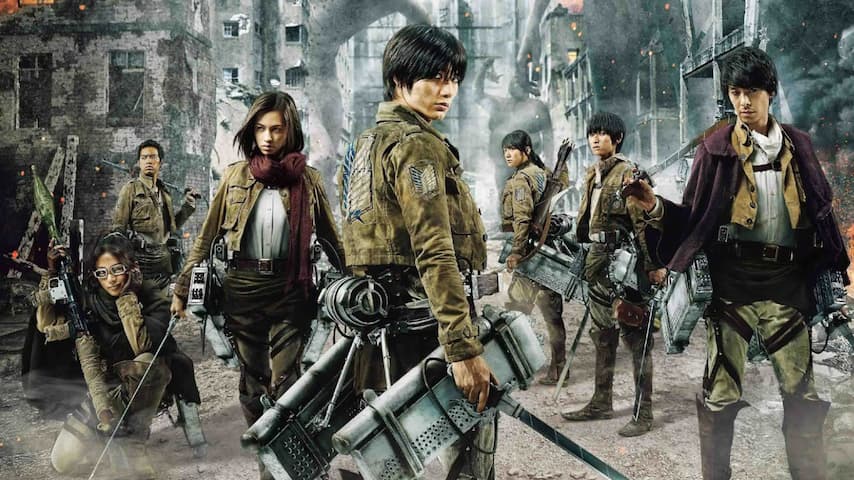
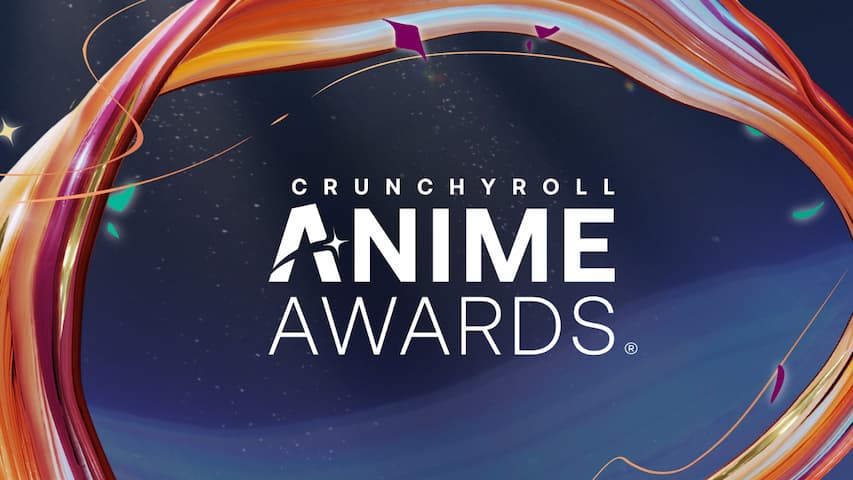
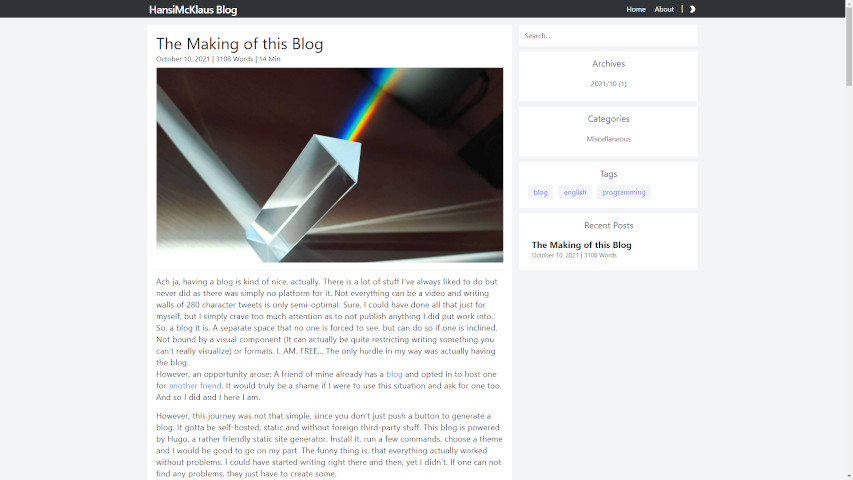
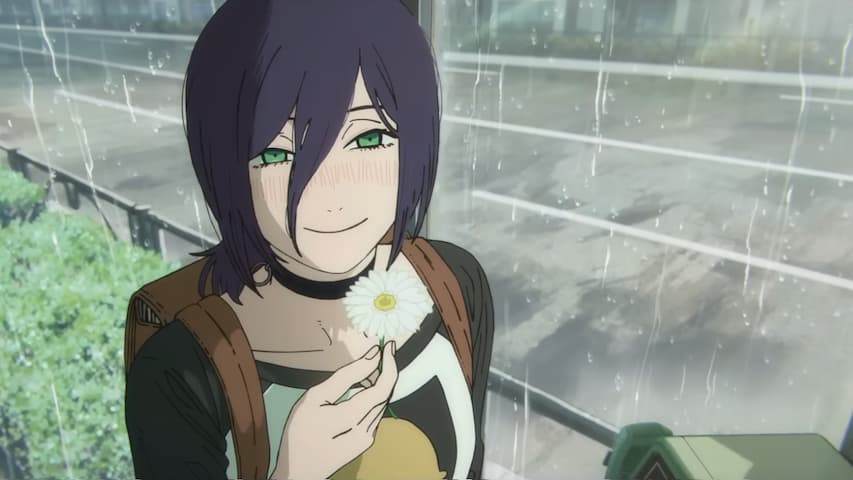
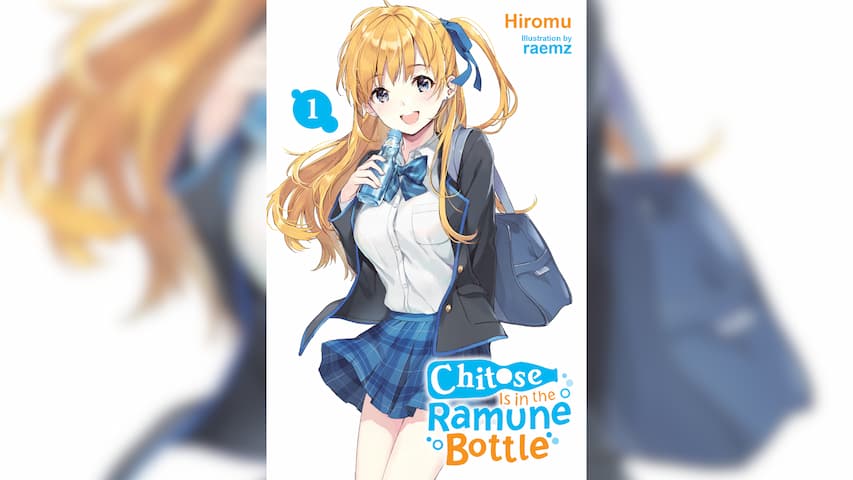
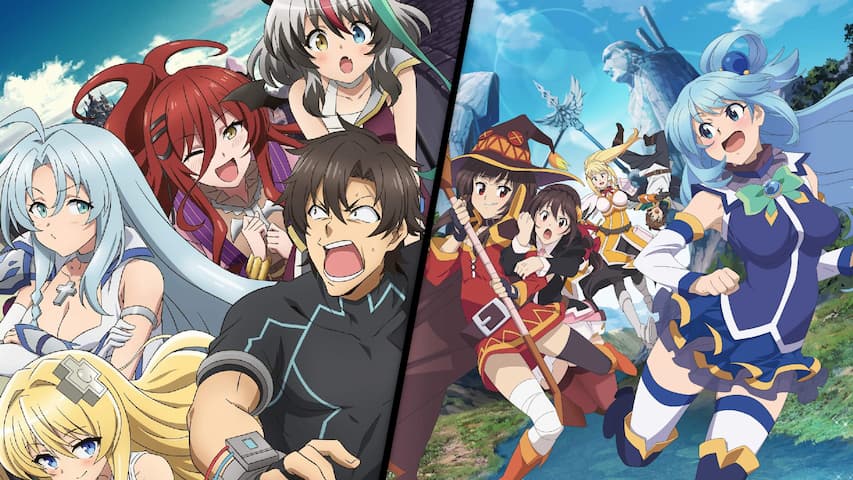
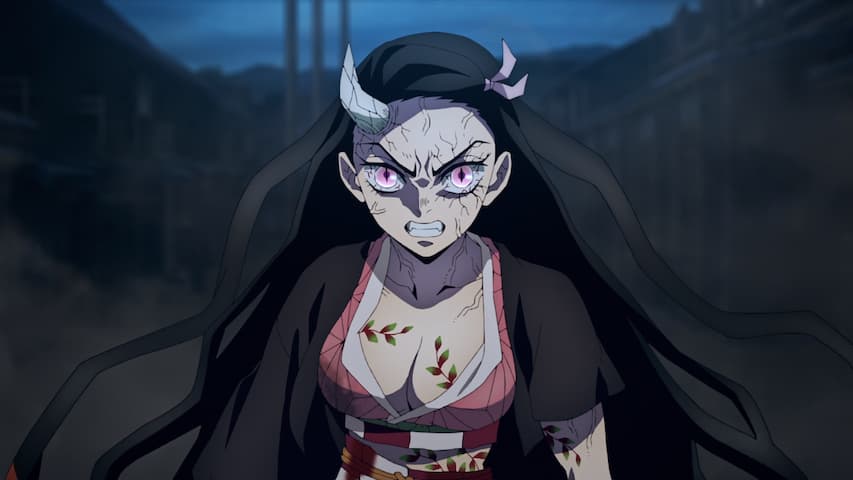
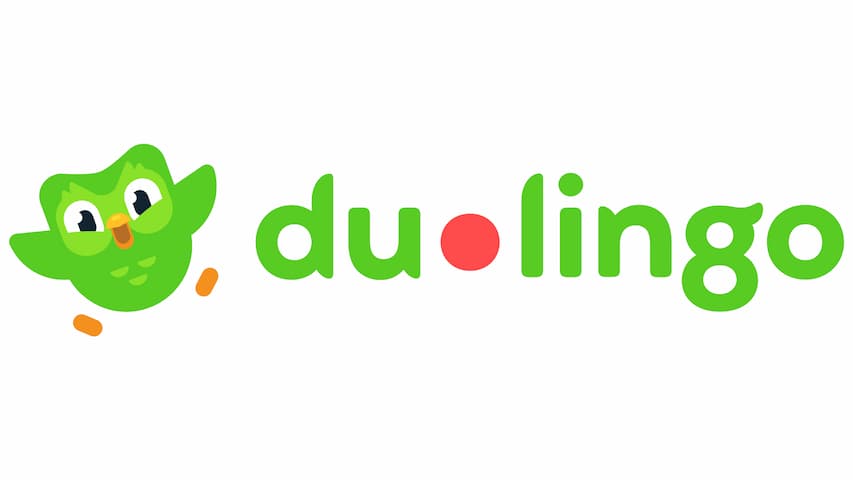

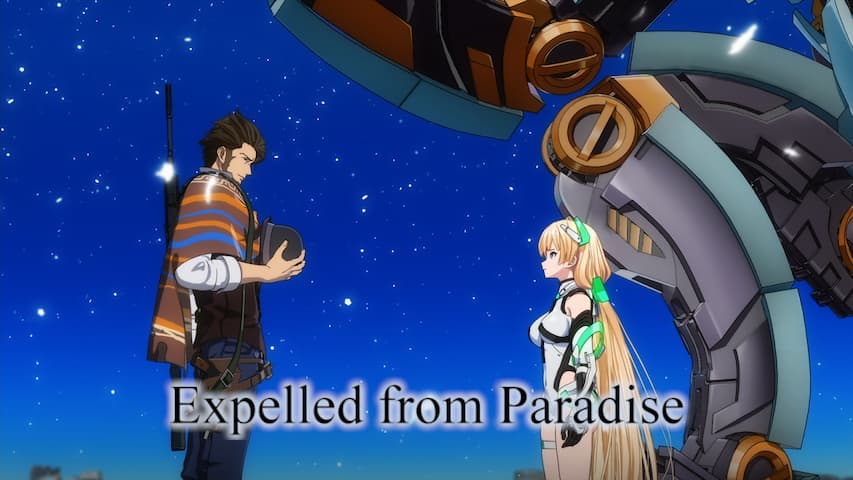
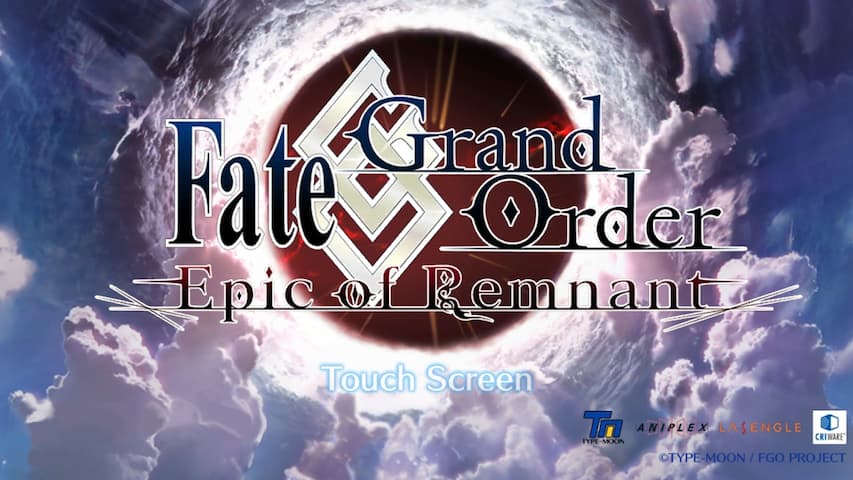



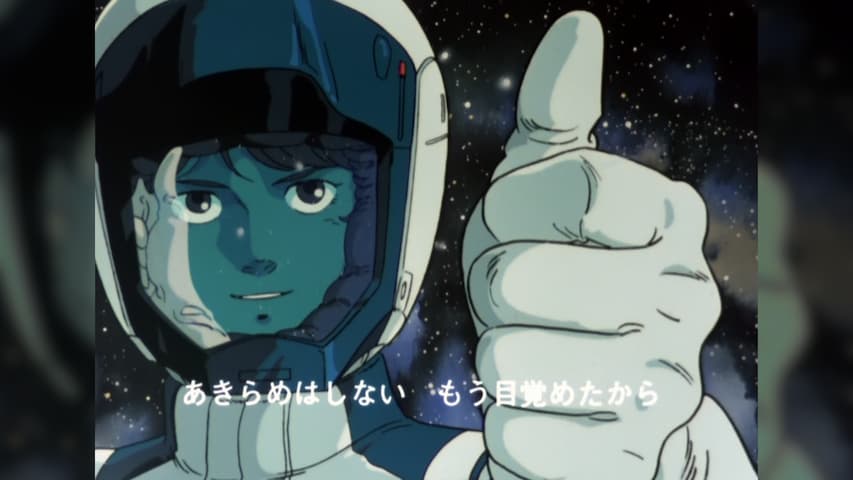

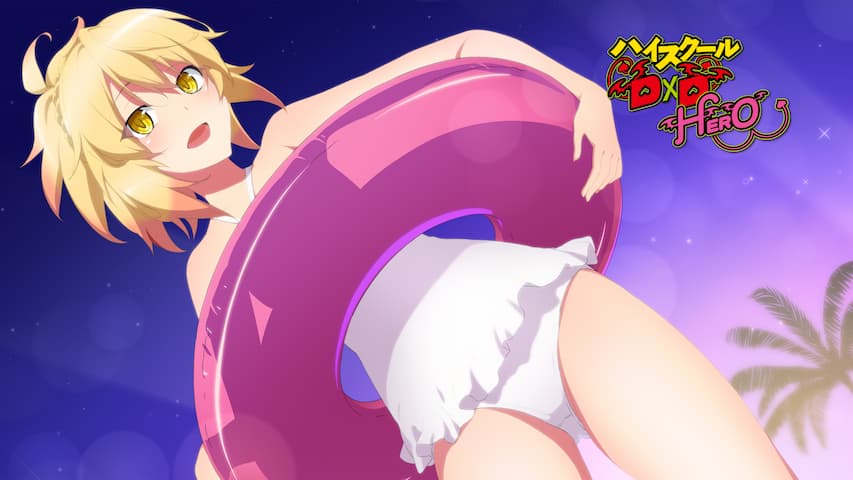
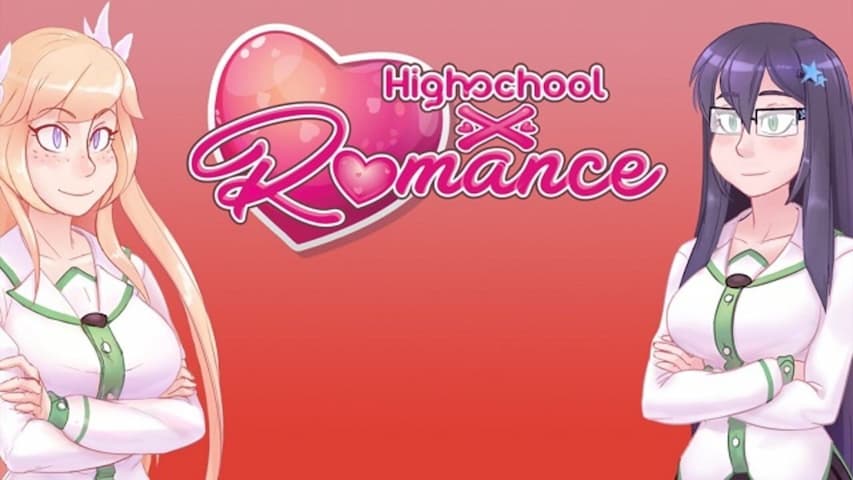
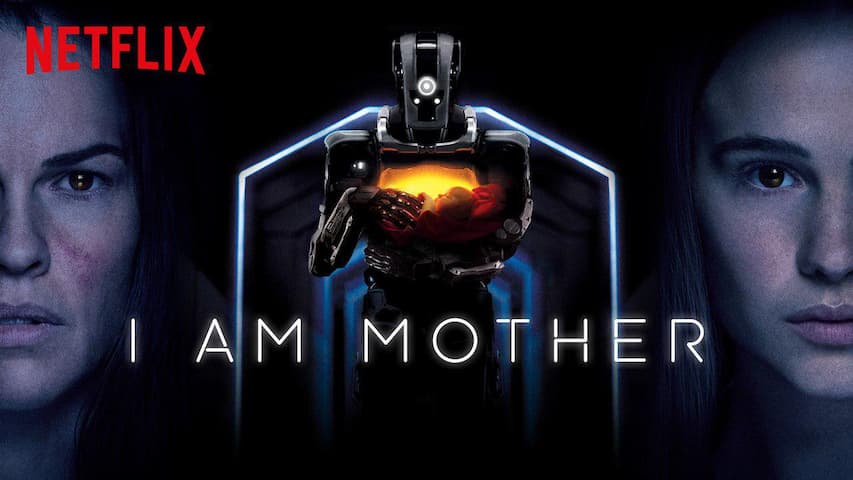
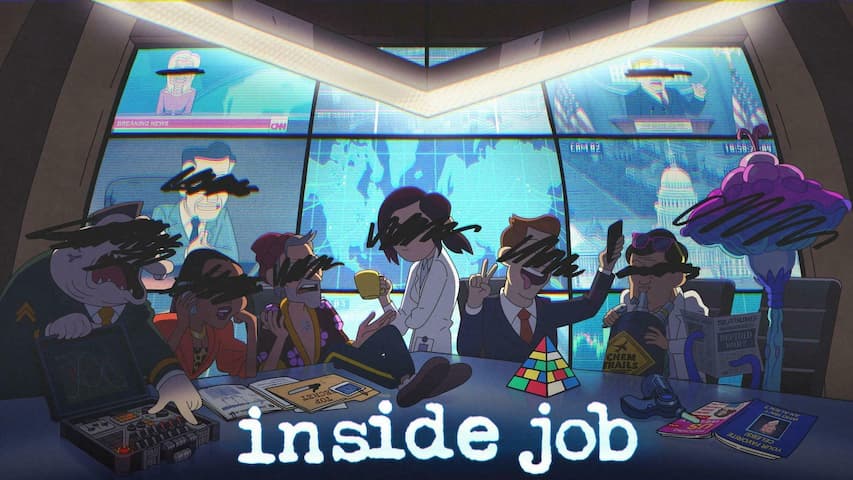
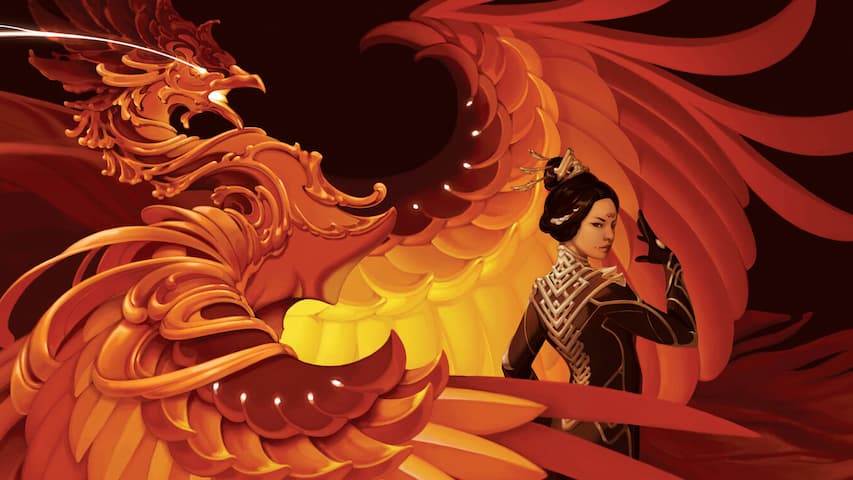
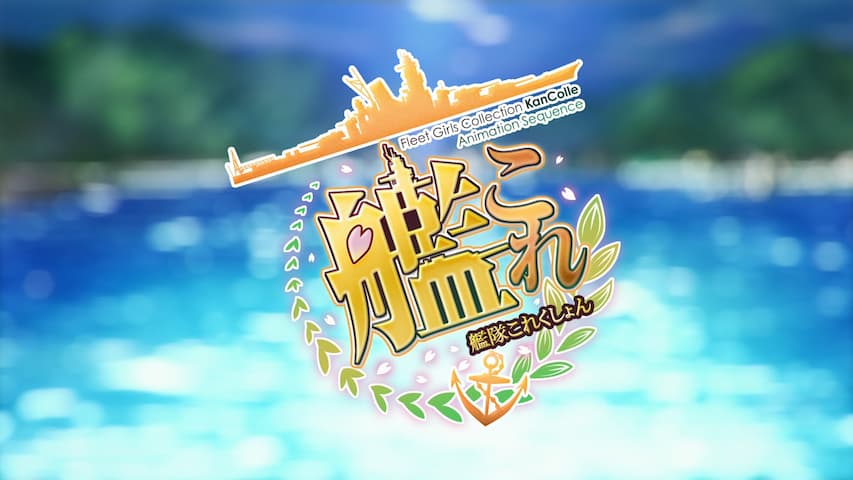
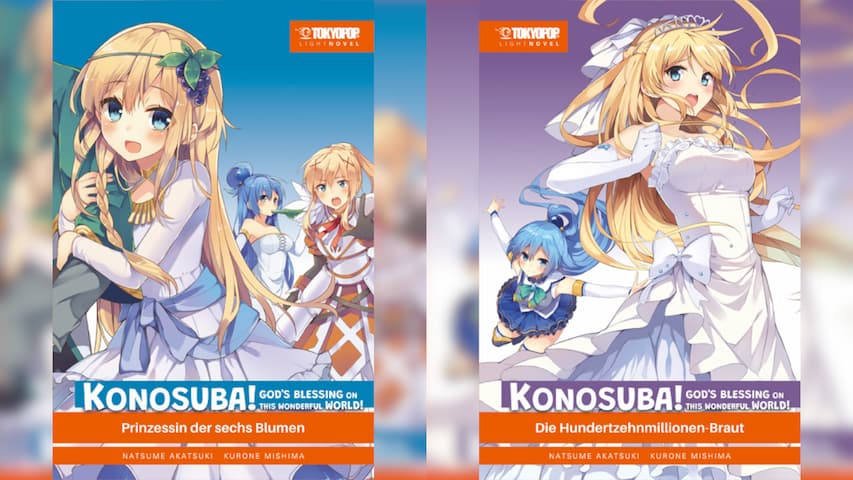
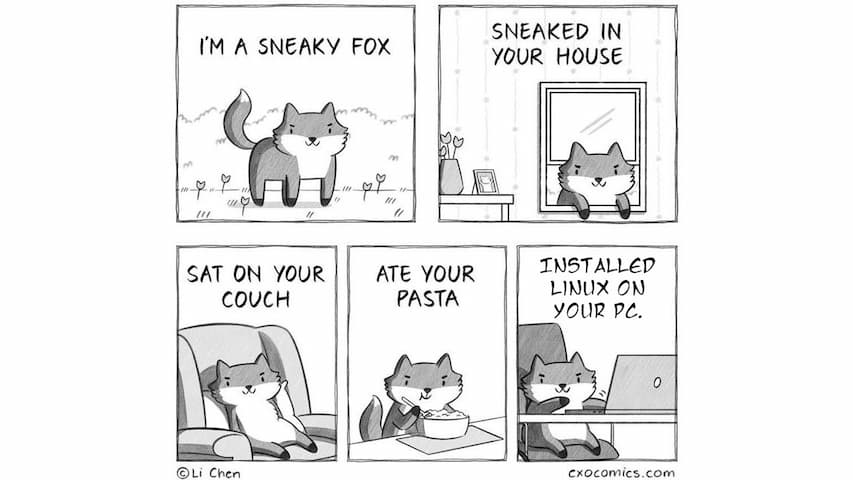
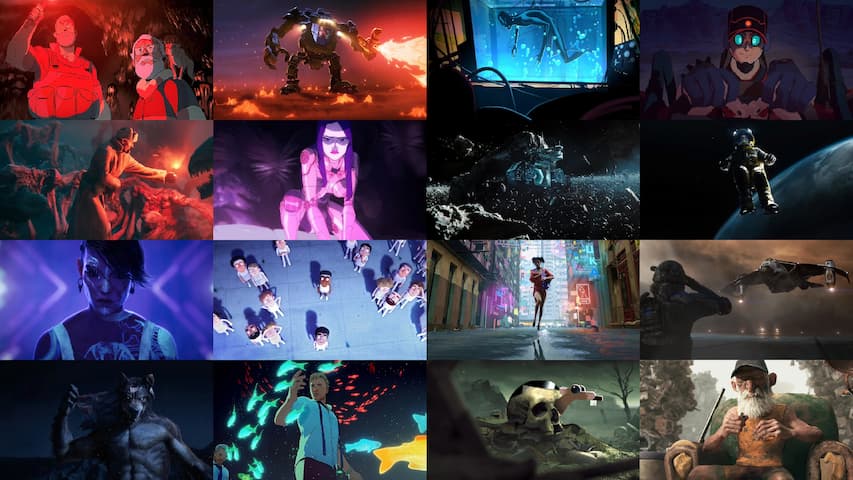
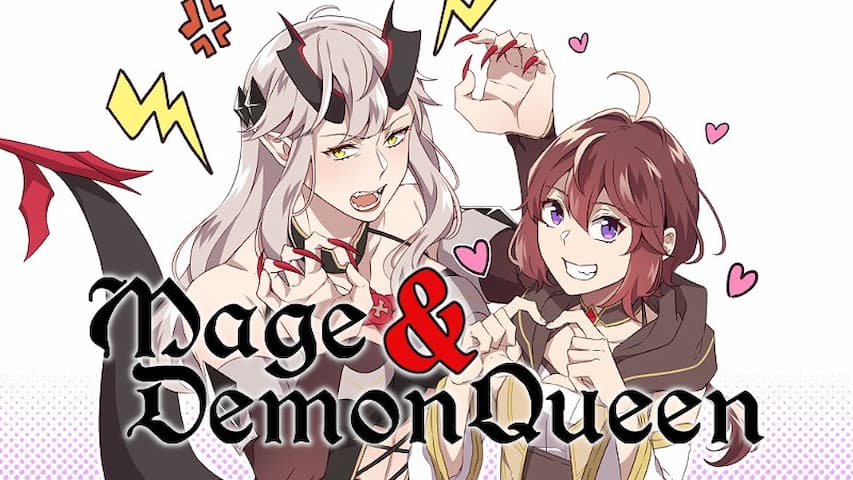
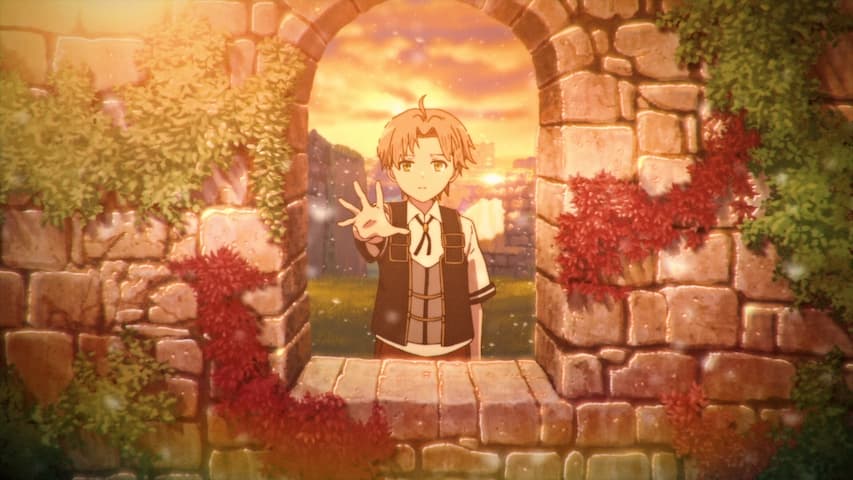

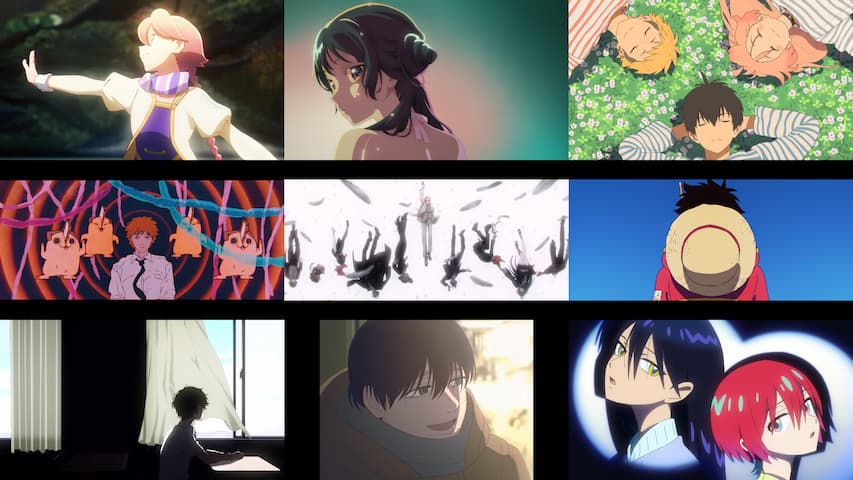
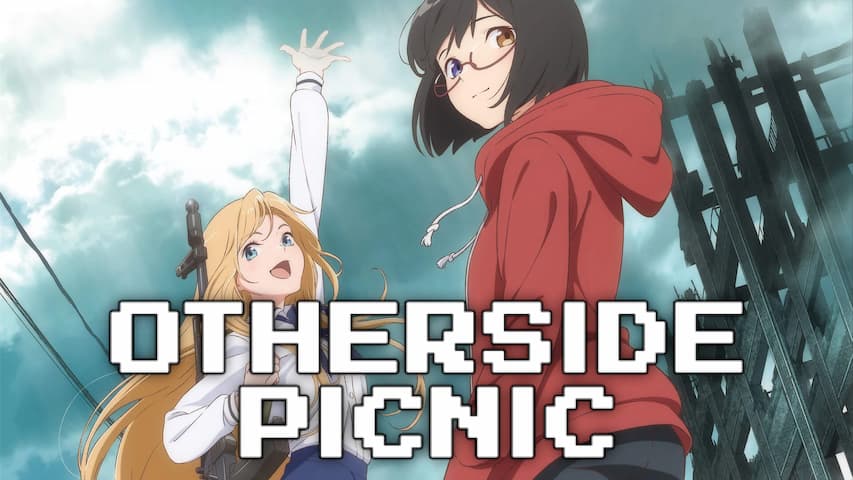

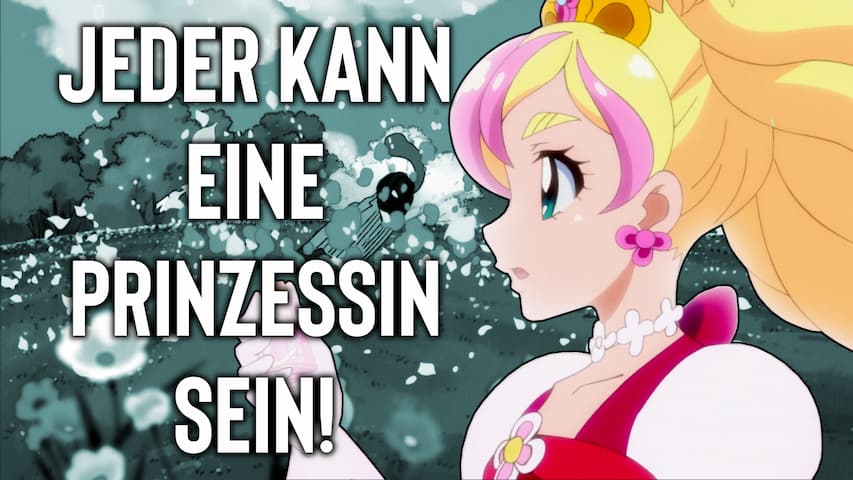
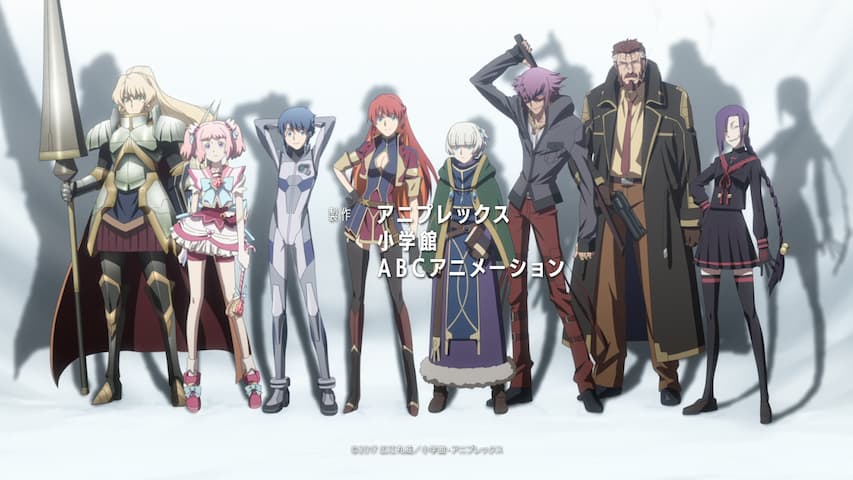
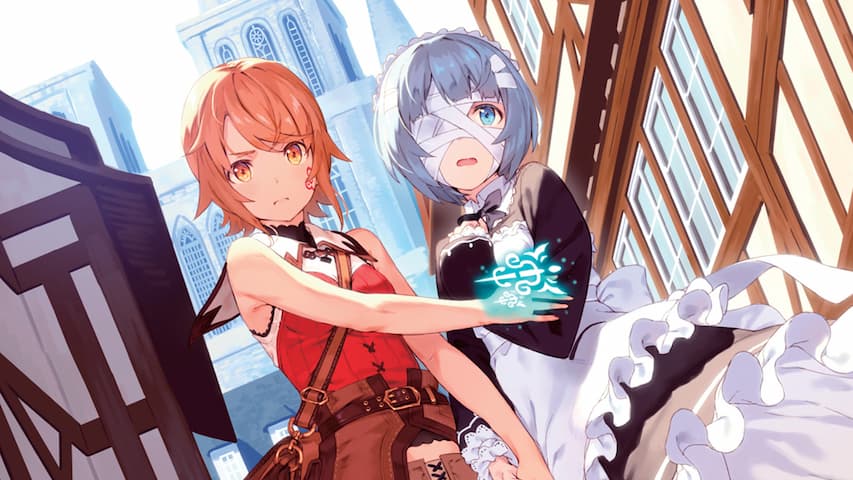
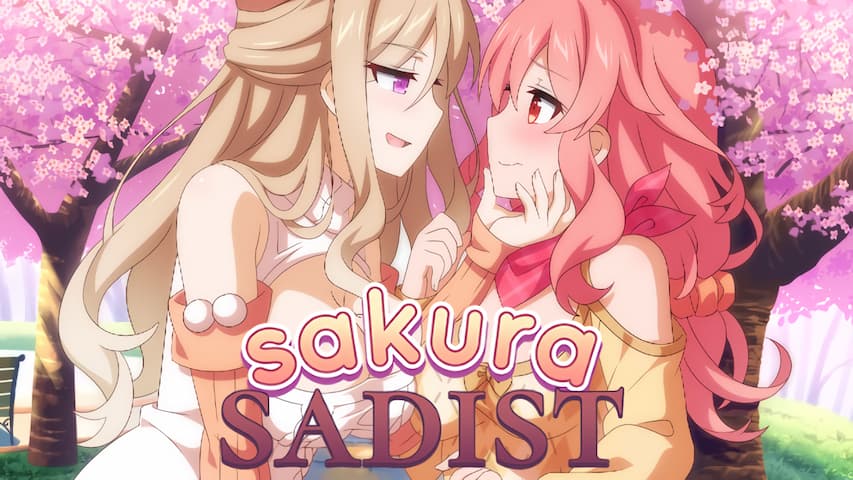
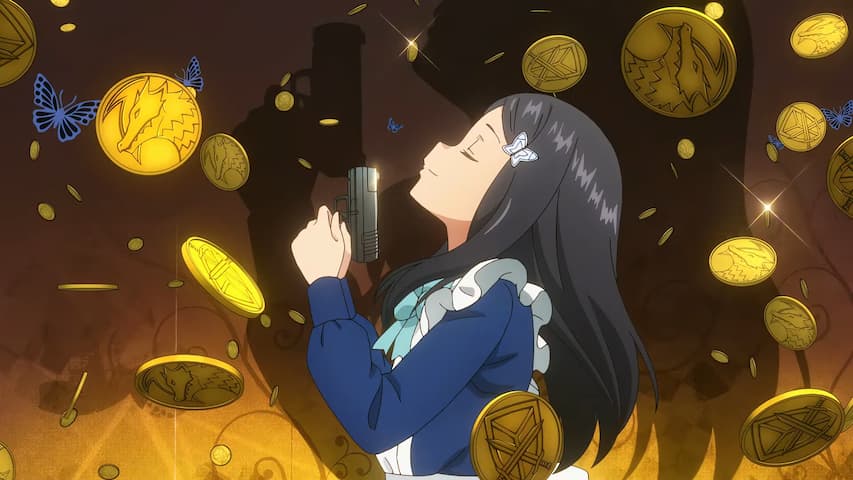
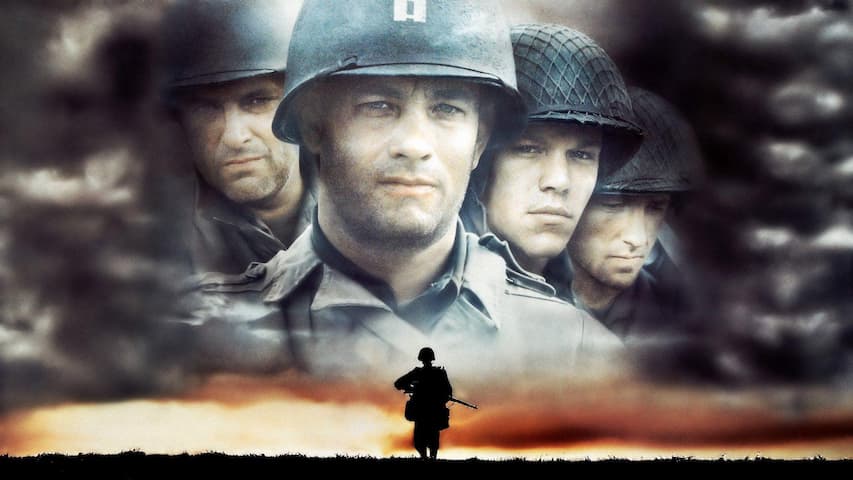
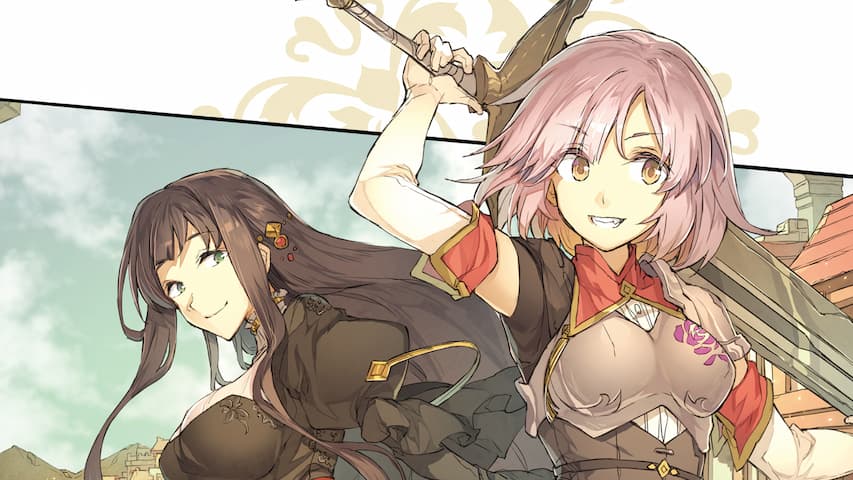


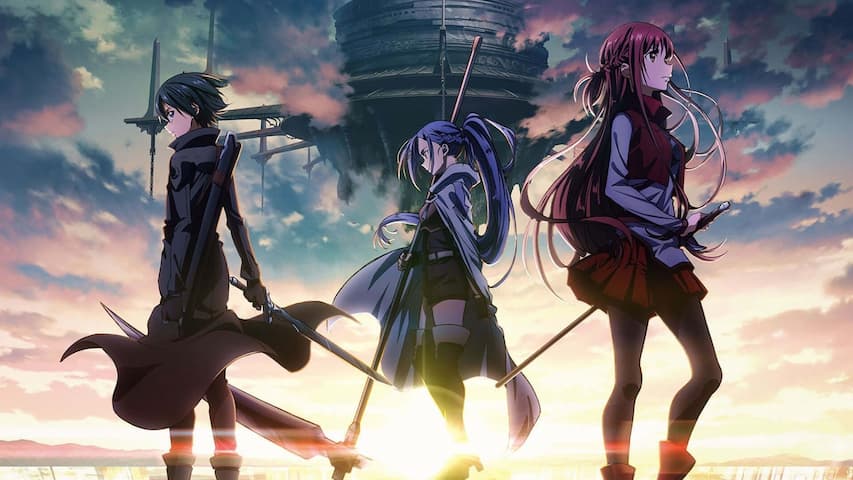

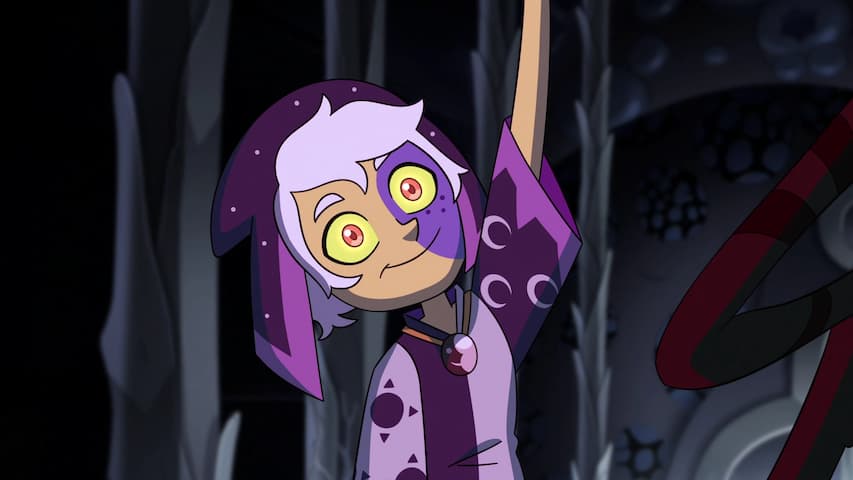
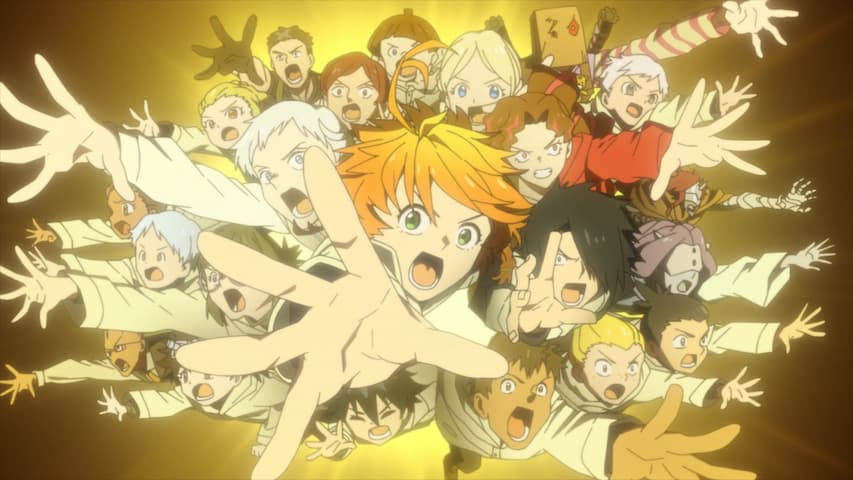
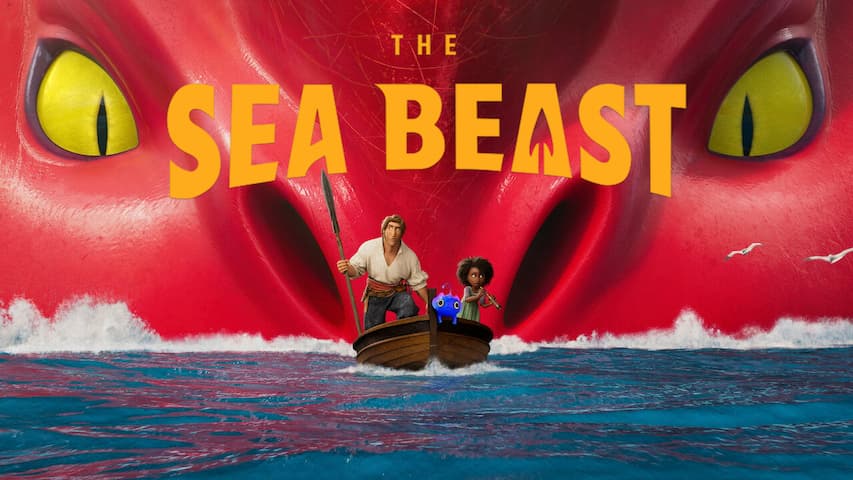


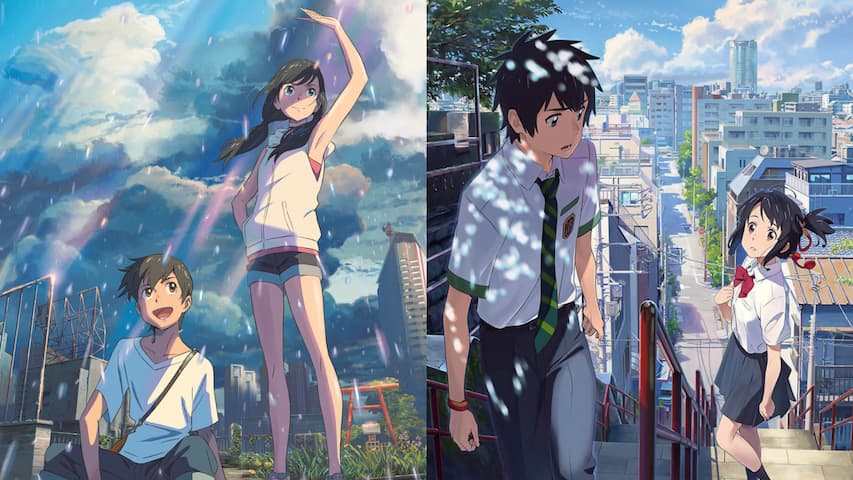
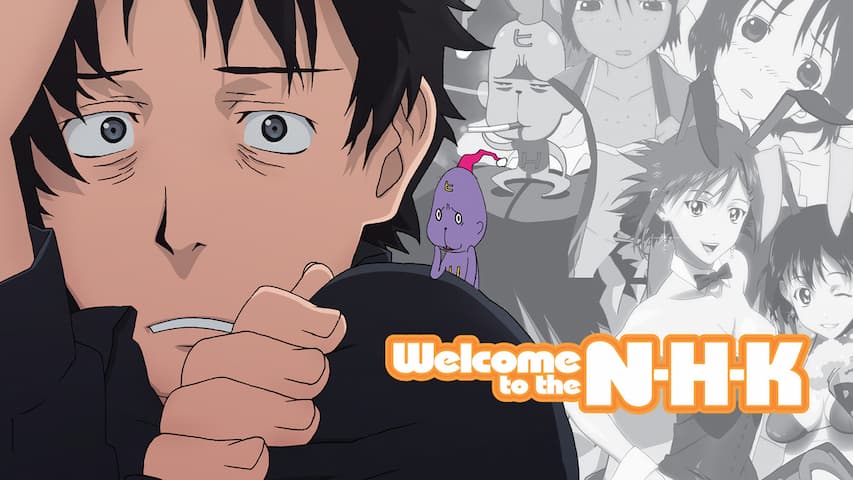



Recent Posts
3211 Words | December 12, 2025
1515 Words | October 30, 2025
7804 Words | October 3, 2025
5458 Words | July 7, 2025
916 Words | June 7, 2025
